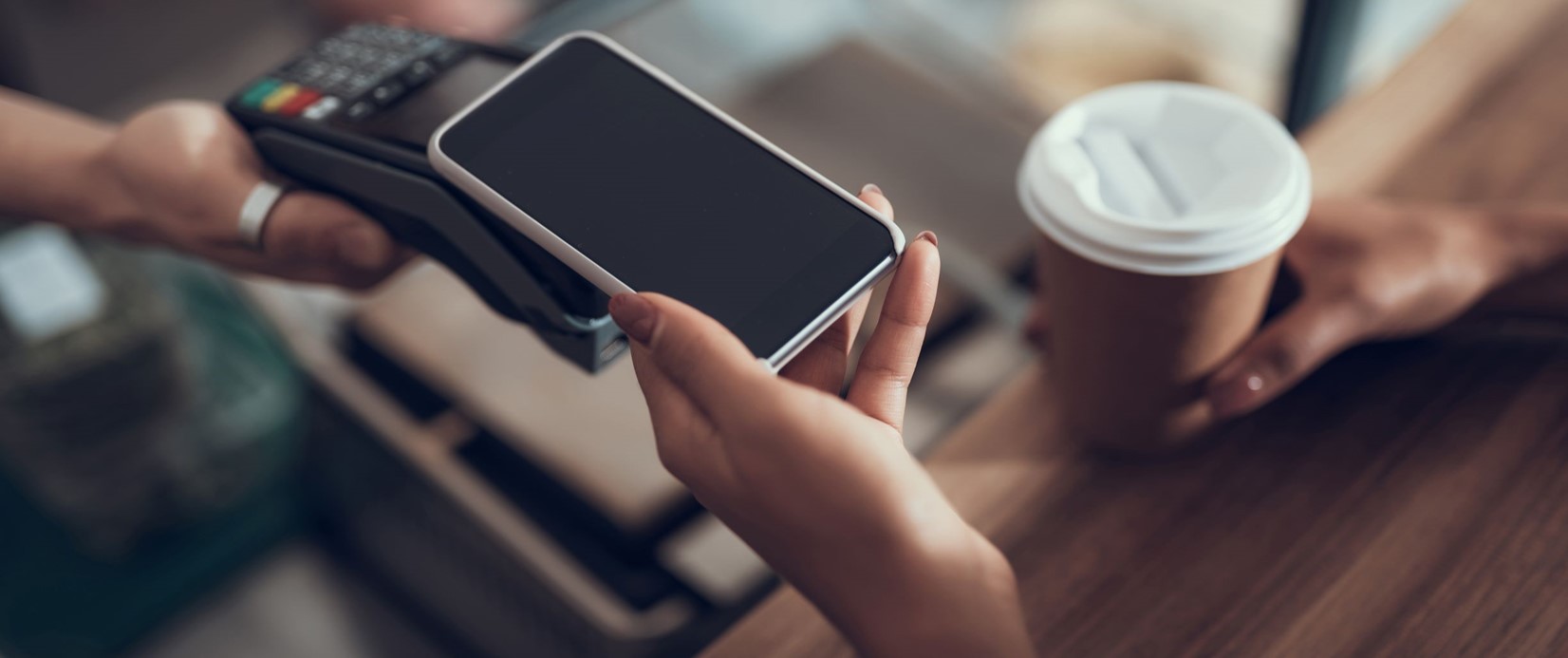What’s happening in U.S. payments these days? Ask the Federal Reserve. In its role as the central bank of the United States, the Fed regularly conducts studies to help policymakers, the industry and the public better understand – and improve – the U.S. payment system. The Fed recently provided new insights on payments methods and trends by publishing not one, not two, but three bellwether studies in December 2019. Here’s a roundup of this research.
Federal Reserve Payments Study
To estimate aggregate trends in U.S. noncash payments, this study uses data collected from surveys of depository institutions, payment networks, issuers and processors. The 2019 Federal Reserve Payments Study found accelerating growth in debit and credit cards and automated clearinghouse (ACH) payments from 2015 to 2018 compared to the previous three years. Core noncash payment types (cards, ACH and checks) “have retained their ability to be used in traditional ways even while they increasingly function as the means of settlement for innovative types of alternative payment methods and services, such as smartphone and internet-based services,” the Fed reported.
Three other noteworthy trends:
- Check payments continued their long-run decline. In fact, the number of ACH debit transfers (16.6 billion in 2018) exceeded the number of check payments (14.5 billion in 2018) for the first time.
- The value of remote payments nearly equaled the value of in-person payments using general-purpose cards in 2018. The trend was partly driven by growth in e-commerce card payments and using cards for recurring bill payments.
- In-person general-purpose card payments increasingly involved chip authentication. More than half used chip authentication in 2018, compared with just 2 percent in 2015. Card chips, PINs or both can increase the security of card payments.
The 2019 Federal Reserve Payments Study is the seventh in a series of studies conducted every three years. The Federal Reserve Bank of Atlanta sponsors this study on behalf of the Federal Reserve System and partners with the Federal Reserve Board to conduct it. To learn more, read the 2019 study press release (Off-site) and the full study report (Off-site), which also is available as a PDF report (Off-site, PDF).
Diary of Consumer Payment Choice
A nationally representative panel of nearly 3,000 adult U.S. consumers was asked to record spending in a diary over several days in October 2018. For the first time, the most-used consumer payment method was debit cards (28 percent of payments) rather than cash (26 percent of payments). When combined with credit cards (23 percent of payments), these three methods account for slightly more than three-quarters of the total number of consumer payments.
On average, U.S. adults made 43 payments each month – including transactions related to groceries, food and drink away from home, online shopping, credit card, insurance and mortgage payments. Representing a statistically significant increase from 2017, electronic payments accounted for just over one-third of the value of total payments consumers make on a monthly basis, with $1,431 spent per month on average. Not surprisingly, consumers spent less per transaction when using cash ($21 on average) versus noncash methods ($206 on average).
The 2018 Diary of Consumer Payment Choice is the fifth in a series of surveys. The survey is conducted by the Federal Reserve Banks of Atlanta, Boston, Richmond and San Francisco. To learn more, visit the 2018 diary summary (Off-site) and read the full diary report (Off-site, PDF).
 2019 Federal Reserve Mobile Financial Services (MFS) Survey
2019 Federal Reserve Mobile Financial Services (MFS) Survey
Consumer adoption of mobile banking and payment services offered by U.S. financial institutions has increased since 2016, according to banks and credit unions surveyed in June 2019 and September-October 2016. Mobile banking is a key component of many Americans’ financial lives. For example, Forrester reports that 48 percent (Off-site) of online adults in the United States use a smartphone for banking activities at least once a month, ranging from looking at their account balances to paying bills.
A total of 65 percent of financial institutions surveyed have enrolled at least 21 percent of their retail customers in mobile financial services, compared with 54 percent of financial institutions three years ago. Mobile banking apps are the predominant delivery channel for mobile banking services, offered by 95 percent of respondents. However, consumers are just beginning to adopt mobile person-to-person (P2P) payment methods offered by their financial institutions. More than half the financial institutions that offer mobile P2P payments reported they’re used by fewer than 5 percent of their retail customers.
Eighty-two percent of bank respondents and 71 percent of credit union respondents either offer or plan to offer mobile banking services to their business customers – and 42 percent charge or are planning to charge some type of fee. Security also continues to be a top concern, leading more financial institutions to implement multiple tools to mitigate fraud.
This study is led by the Federal Reserve Bank of Boston with participation by Federal Reserve Banks in Atlanta, Cleveland, Kansas City, Minneapolis, Philadelphia, Richmond and San Francisco. To learn more, visit the Federal Reserve Bank of Boston 2019 study summary (Off-site) to download the full report.
